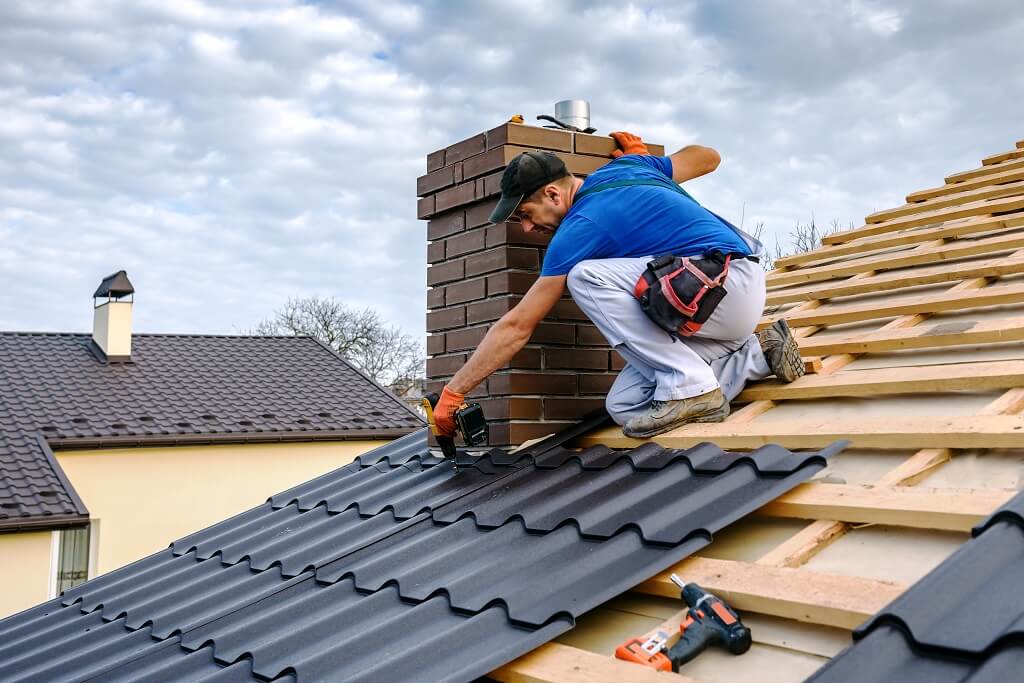How to Repair Granular Loss on Roof Without Replacing

=================================================================
Don’t stress about your granular loss on the roof; in this article, we’ll walk you through a step-by-step guide on how to repair granular loss on roof without replacing.
Understanding Granular Loss
Granular loss on roofs, specifically on asphalt shingle roofs, occurs when the granules start to wear off, exposing the underlying asphalt. This can happen due to various factors such as:
- Aging
- Weather conditions
- Poor installation
- Foot traffic
It’s essential to address granular loss immediately, as prolonged exposure can lead to significant damage.
Causes of Granular Loss
- Aging: Over time, the granules will naturally start to loosen and fall off.
- Weather conditions: Extreme temperatures, heavy rainfall, and hail can all cause granular loss.
- Poor installation: If the shingles were not installed correctly, it can lead to granular loss.
- Foot traffic: Regular foot traffic on the roof can cause the granules to wear off faster.
How to Repair Granular Loss on Roof Without Replacing
Before we dive into the repair process, it’s crucial to follow all safety precautions:
- Wear a harness or use rail guards for secure access to the roof
- Use a ladder or scaffolding only on a stable and level surface
- Wear gloves, safety glasses, and a dust mask
Assessing the Damage
Before starting the repair process, assess the extent of the damage. If the granular loss is severe, it may be necessary to consider replacing the shingles or the entire roof. However, if the damage is minor, you can proceed with the repair.
Materials Needed
To repair granular loss on your roof without replacing, you’ll need the following materials:
- Roofing cement
- Granules (matching the original color)
- Roofing sealant
- A putty knife or trowel
- A soft-bristled brush or broom
Step 1: Clean the Affected Area
Use a soft-bristled brush or broom to gently sweep away any loose debris from the affected area. Be careful not to damage the surrounding shingles.
Step 2: Apply Roofing Cement
Using a putty knife or trowel, apply a small amount of roofing cement to the bare spots. Make sure to follow the manufacturer’s instructions for the recommended amount to use.
Step 3: Apply Granules
Gently sprinkle the granules over the applied roofing cement, ensuring even coverage. Use the soft-bristled brush or broom to evenly distribute the granules.
Step 4: Seal the Edges
Apply a bead of roofing sealant around the edges of the repaired area to ensure a secure seal.
Step 5: Inspect and Touch-up
Inspect the repaired area to ensure that the granules are evenly distributed and the edges are properly sealed. If necessary, touch up any areas that may have been missed.
Prevention is Key
To prevent future granular loss on your roof, consider the following:
- Regularly inspect your roof for any damage or wear
- Trim back trees or branches that may be causing damage
- Avoid walking on the roof whenever possible
- Keep debris and leaves off the roof
Conclusion
How to repair granular loss on roof without replacing is a relatively straightforward process that can save you money and extend the life of your roof. By following these steps and taking preventative measures, you can ensure your roof remains in good condition for years to come.
Remember to always follow safety precautions and consider seeking professional help if you’re unsure about any aspect of the repair process.
How to repair granular loss on roof without replacing requires patience, attention to detail, and the right materials. With these steps, you’ll be well on your way to restoring your roof’s integrity.